MSI K9N2 Diamond
We first heard about nForce 780a SLI at CES, when Nvidia first talked about its plans for Hybrid SLI. To this date, we're still waiting for drivers that support Hybrid SLI, but several graphics cards supporting the technology have now been released so the drivers can't be far away.It's the first major update to Nvidia's AMD-based range of chipsets since nForce 590 SLI and it introduces quite a few technologies—some new and some not so new—to AMD users.
MSI's K9N2 Diamond is one of the first nForce 780a SLI motherboards we've seen in the flesh and there are some interesting ideas on it. The Circu-Pipe design has evolved a bit and there's an extra cooler right on the edge of the PCB next to the rear I/O.
We asked MSI about its intentions here in particular, because the additional cooler didn't appear to be cooling anything on the PCB. We were told that the original design was supposed to extend outside of the case (a bit like some of the concepts we have seen from DFI in the past), as MSI was thinking to transfer heat from the motherboard out of the case. However, the company found out later in the development stages that there were problems with this idea, and as a result the design was modified.
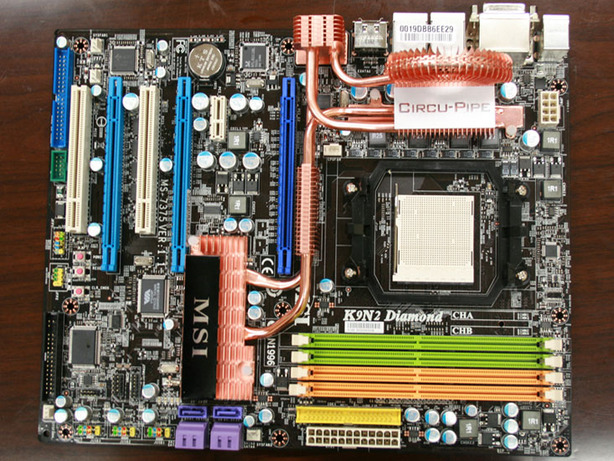
The general layout is certainly aesthetically appealing although we noticed that there could be possible conflicts in quite a few places: the heatpipe above the top PCI-Express x16 slot is very close to the socket so cards with coolers on the rear side could find issues. The IDE socket is placed behind the ATX socket so you'll have to twist one around the other and from the looks of things a lot of the ports and pin-outs have been skewed around because of the extra IDE socket right on the inside edge of the board.
The JMicron controller that adds eSATA on the rear I/O also provides the extra IDE socket but it's in such a god-awful place no one will get a cable to reach. By dropping it there all the USB pin-outs have moved around to the side of the board and as MSI have tried to keep everything around the edge, this has forced two SATA ports behind the four facing at 90 degrees to the edge.
However, since MSI has put a double space between the upper two PCI-Express x16 slots there shouldn't be a conflict, even when long, double height graphics cards are used. MSI's heatsink cooling the 780a chipset should also not overheat the graphics card either - we found this problem with the Asus Maximus Formula and the GeForce 9800 GX2 – not only is it lower, but it also has two heatpipes to shift more heat out. Given Nvidia's past record of very hot chipsets though, we'd argue that it probably needs this as a bare minimum.
The other thing to note about the board is the distinct lack of on-board sound – the reason, you ask? Well, it's because MSI ships the board with a PCIe x1 X-Fi add-in card like the one pictured here. On previous Diamond-series boards, MSI didn't remove the traces for the on-board sound and often left the chip on the board. This time though, those traces aren't just blanked out – instead, there are no traces for an on-board sound chip, meaning that the space can be put to better use with other components.
We'll be looking at these two boards when they're released in the next few weeks or so, so stay tuned for our reviews in due course!

MSI MPG Velox 100R Chassis Review
October 14 2021 | 15:04



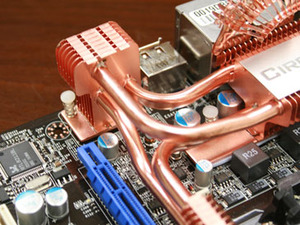
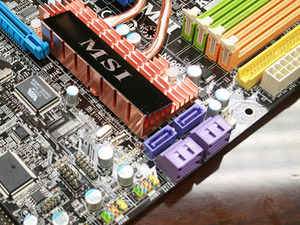
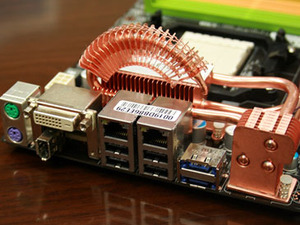
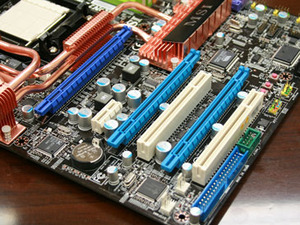
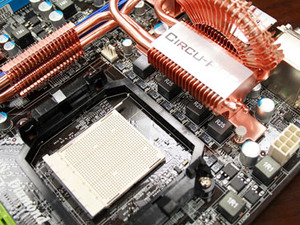







Want to comment? Please log in.